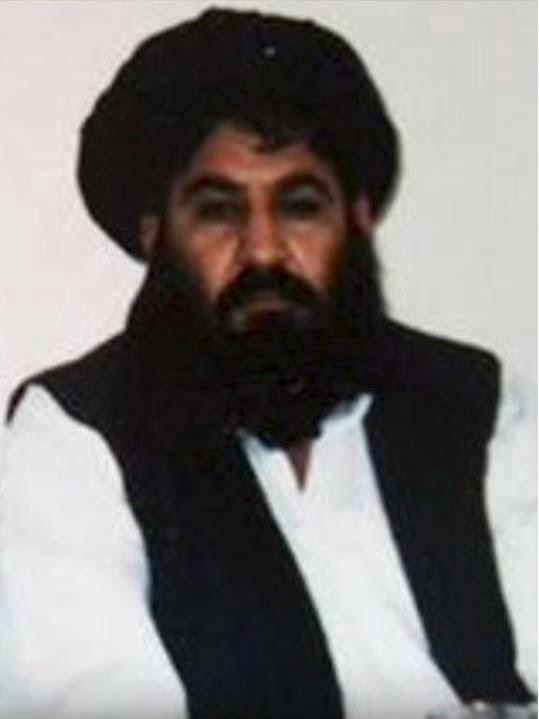
President Barack Obama has confirmed that Mullah Akhtar Mansour was killed in a U.S. drone strike in Baluchistan this weekend, possibly Washington’s biggest counterterrorism triumph in Pakistan since the raid on Osama Bin Laden’s compound five years ago.
Much about the strike remains murky, but these five things are clear:
1. The Taliban has been dealt a devastating blow.
Afghan Taliban leaders have long used Baluchistan as a sanctuary, and the Taliban’s core leadership is based in the provincial capital of Quetta. One successful hit in Baluchistan doesn’t mean the walls are closing in, but the Taliban is more vulnerable, especially if the U.S. follows up with additional strikes. The Pakistani military is conducting counterterrorism operations in North Waziristan; these measures haven’t targeted the Afghan Taliban, but they have made that area, previously another key sanctuary, less hospitable.
2. A bruising leadership transition is coming.
The revelation last summer that the Taliban’s supreme leader, Mullah Omar, had been dead for several years set off a drawn-out succession process. A more bruising transition looms with Mullah Mansour’s unexpected death. The organization lacks a clear succession strategy and was already riven by infighting. The Taliban has driven back Afghan forces and seized territory in recent months, but Mullah Mansour didn’t enjoy the unifying power of his predecessor. Last year one Taliban commander suggested Mullah Mansour was a puppet of the Pakistani security establishment. The camps jockeying for power include Sirajuddin Haqqani, who had been second-in-command, and Mullah Mohammad Yaqoob, one of Mullah Omar’s sons.
3. The U.S. is pushing reconciliation, but prospects for peace talks are grim.
The Taliban’s successful attacks have given it little incentive to start a reconciliation process with the Afghan government. Now, it has no incentive and no time: More pressing are existential concerns about sanctuaries and future leadership. One could argue that after the dust settles, a new sense of vulnerability could prompt the Taliban to negotiate–but that’s likely to overstates the Taliban’s sense of vulnerability because it still poses a formidable threat to beleaguered Afghan security forces.
4. U.S.-Pakistan relations are devolving.
U.S. lawmakers’ sentiments toward Pakistan have darkened significantly. The House of Representatives passed legislation last week imposing heavy conditions on military aid to Pakistan. This followed news in April that the U.S. would not subsidize the sale of eight F-16 fighter jets deeply coveted by Pakistan.
With the strike on Mullah Mansour, the U.S. has eliminated the leader of a militant organization that Pakistani military and intelligence officials regard not as a threat but as a strategic asset. The decision to take out Mullah Mansour on Pakistani soil illustrates that U.S. patience is wearing thin—whether over Pakistan’s refusal to target all militants or Pakistani inability or unwillingness to bring the Taliban to the negotiating table.
5. Afghanistan’s destabilization will continue.
Eliminating Mullah Mansour could be a tactical triumph but a strategic defeat for the U.S. if the Taliban leader’s death proves deeply destabilizing. The Taliban could unleash attacks across Afghanistan to show that it is still strong. Demoralized supporters of Mullah Mansour could join forces with other disaffected militants in Afghanistan who have pledged allegiance to Islamic State. If Sirajuddin Haqqani succeeds Mullah Mansour, the vicious and highly disciplined Haqqani network would formally control the Taliban. In February, Gen. John Campbell, then the top U.S. military commander in Afghanistan, warned that the Haqqani network “remains the most capable threat to U.S. and coalition forces” in Afghanistan.
The Taliban is down but by no means out. The group is resilient and is poised to continue terrorizing Afghanistan despite this latest setback to its cause.
[This article is published with the consent of the author. It first appeared in the Wall Street Journal.]
